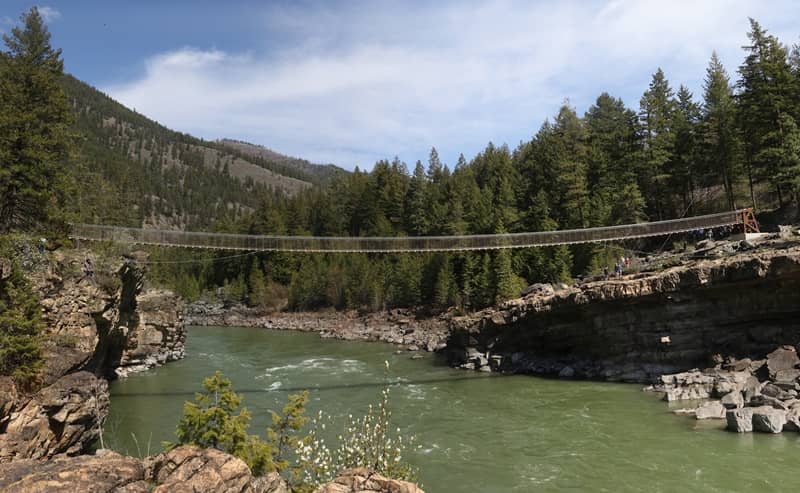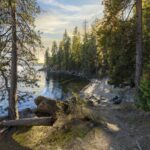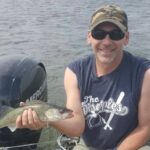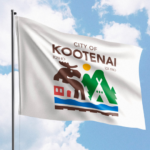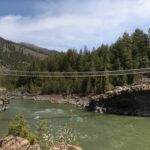What the Heck Is a ‘Kootenai’ Anyway?
If you’ve lived around here long enough, the word *Kootenai* just rolls off the tongue like second nature. It’s on our mail, stitched into baseball caps, and proudly splashed across local signs and storefronts. But have you ever stopped mid-drive and wondered—what does Kootenai actually mean? Or better yet, where did it come from?
You’re not alone. Let’s dig in.
First Things First: It’s Not Just Us
The name Kootenai isn’t unique to our little town—though we like to think we wear it best. You’ll find Kootenai popping up in all kinds of places: Kootenai County, Kootenai River, Kootenai National Forest, Kootenai Health… even across the border in Canada, they’ve got a Kootenay (with a “Y”) region of their own.
So what ties it all together? One very important thing: people.
The Kootenai Tribe
The name originates from the Kootenai Tribe of Idaho—a Native American people with deep, ancestral roots in this region. Known in their own language as the Ktunaxa (pronounced k-too-NA-ha), the Kootenai people have lived in the inland Northwest for thousands of years, long before any roads, rails, or lakeside cafés showed up.
Their traditional territory spans parts of what is now northern Idaho, Montana, British Columbia, and Alberta. They were river people—navigating the cold, clear waters of the Kootenai River in handcrafted sturgeon-nosed canoes, fishing, hunting, and living off the land.
The name Kootenai itself is thought to come from an early adaptation of a word the tribe used for themselves—though over time, the spelling, pronunciation, and interpretations changed. French fur traders, mapmakers, and early settlers each gave it their own spin, and the name we use today is the one that stuck.
From River to Region to Town
As the area developed, the name Kootenai was used again and again to describe the landscape—first the river, then the surrounding valley, the forest, the county, and eventually towns like ours.
In fact, City of Kootenai was officially incorporated back in 1909, just a few years after the Great Northern Railway built a spur line into the area. Our town was born out of logging, rail work, and the stubborn determination of folks who didn’t mind long winters or hard work.
Back then, the name Kootenai was more than just geography—it was a badge of local toughness. It still is.
Kootenai or Kootenay?
You might’ve seen both spellings and wondered what gives. Here’s the scoop:
– “Kootenai” is how it’s spelled in Idaho and Montana.
– “Kootenay” is used across the border in British Columbia.
Same origin, different spelling—kind of like how we say “soda” and some folks say “pop.” (We won’t hold it against them.)
So What Does It Mean?
Like a lot of tribal names translated through several layers of language, the exact meaning of Kootenai isn’t nailed down to one definition. Some early explorers said it meant “water people” or “those who live by the water.” Others described it as “the people of the river.” All of these are probably true in spirit, if not exactly in vocabulary.
What we do know is that the Kootenai people were independent, resourceful, and fiercely connected to their homeland. Their language is a linguistic isolate—meaning it’s unrelated to any other language in the world. That alone makes it incredibly rare and special.
In 1974, the Kootenai Tribe made headlines when they declared war on the United States government—peacefully, but firmly—after decades of being overlooked and left without land. With just 67 tribal members at the time, they set up signs on Highway 95 asking for donations and attention. And it worked. They were soon granted a land base near Bonners Ferry, where the tribe remains today, active in cultural preservation, economic development, and environmental restoration.
So What Does It Mean to Us?
Here in our corner of North Idaho, “Kootenai” is more than a name on a sign. It’s a sense of place.
It means watching the fog roll off the lake at sunrise. It means neighbors helping neighbors dig out from a snowstorm. It means summer parades, winter sledding hills, and kids riding their bikes down quiet back roads.
It’s a name that carries weight—not just in history, but in everyday life.
We’re proud to be part of a community that remembers where it came from, values its surroundings, and still waves to folks when passing by.
🏡 Final Thoughts
So, next time someone asks you, “What’s a Kootenai?”—you’ll have an answer. It’s a river, a tribe, a region, and a story that’s still being written. And right now, you’re living in one of its chapters.
Not bad for a town of just a few hundred, right?

